On the Road – Distance 129km / 80.63mi | Elevation 6,900ft
Check out my Relive video here!:https://www.relive.cc/view/vrqokkgw8yq
After a relatively quick exit out of Cordoba, we followed the Guadalquivir, a river which flows through Seville and out into the Atlantic Ocean. This river, in Roman times, was navigable all the way to Cordoba; nowadays unfortunately it is little more than a trickle.
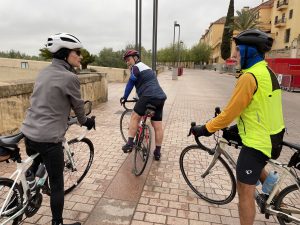
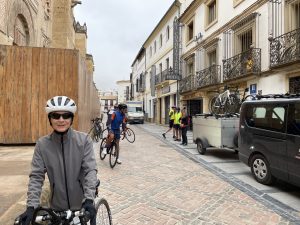
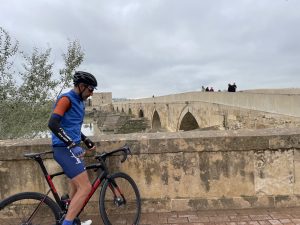
 Orange groves
Orange groves
We rode towards a monumental castle – Castillo Almodovar where we will coffee and take on …did I do it? of course! free espresso!! 850 ft climb in less than 1 km…I’m addicted to caffeine!
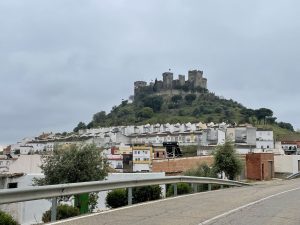
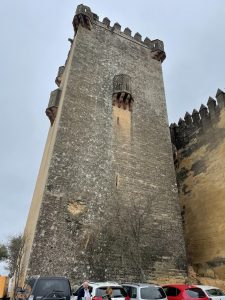
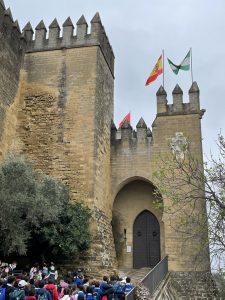
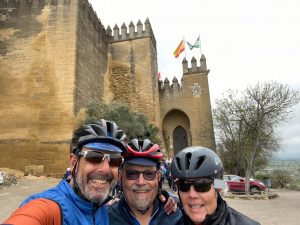
The terrain changed this morning from oranges to beautiful cork tree forests and the exceptional riding surface continued.
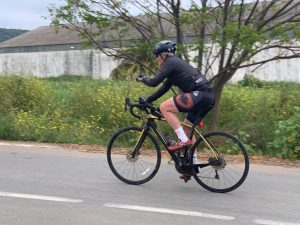
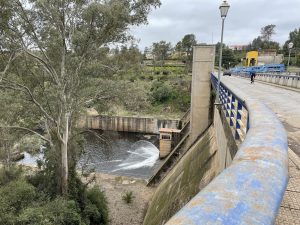

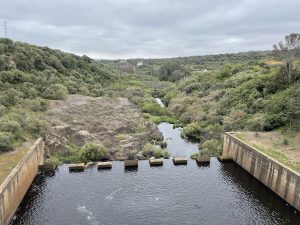


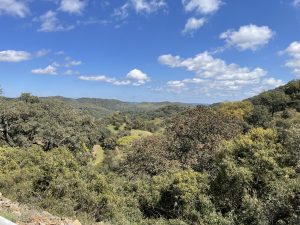
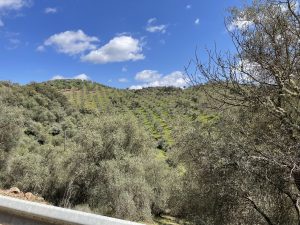 Cork forest
Cork forest
We climbed into the Parque Naturel Sierra de Hornachuelos for excellent and exceptional riding! After a picnic by the Resevoir,
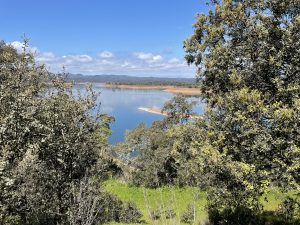
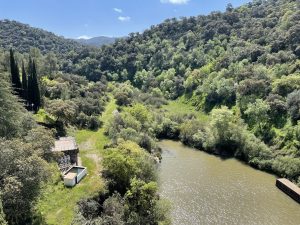
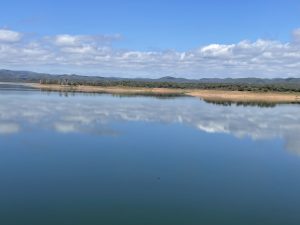

we continued winding our way to the heart of the national park and a very authentic night in the little town of Cazalla.
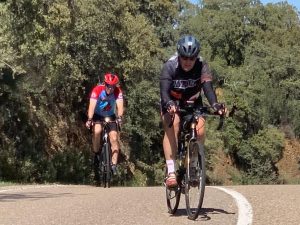

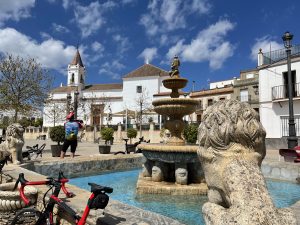
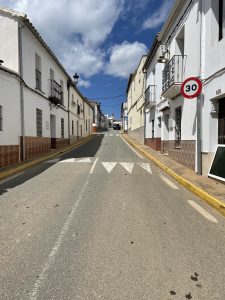



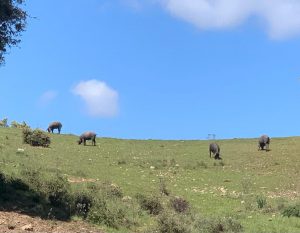 Black pigs
Black pigs


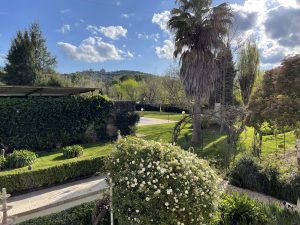

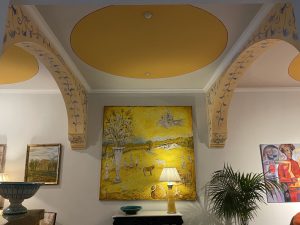
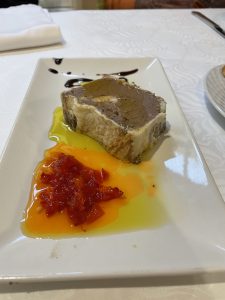

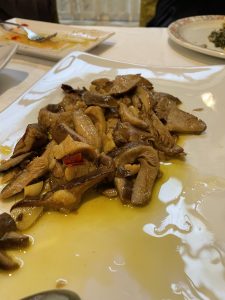


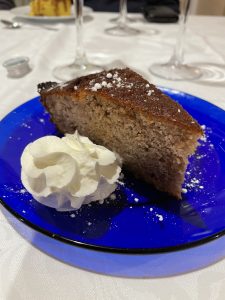
The town of Almodovar del Rio, situated in the province of Cordoba, played an extremely important role in the city’s defence owing to its strategic location on a hill around 252 metres high next to the Guadalquivir river, which at that time was navigable for small vessels. The traces of multiple cultures, amongst which are Islam and Christianity, can be evidenced in the architectural style of this unique building. In the year 756, this fortress, first called Al-Mudawar Al-Adna, became the estate of the Moorish Prince Al’delMalik Ben Qatan and from 758 onwards it passed into the hands of the Emirate of Cordoba in the reign of Abderraman I.
The Moorish King Abed Mohammed de Baeza would later die at the gates of the Castle during the 13th century in 1226, the year in which the fort fell into Christian hands having been handed over to Fernando III ‘The Saint’. Henceforth, the castle would go on to be subjected to successive extensions initiated by the Castilian Kings D. Pedro I of Castile and Enrique II of Trastamara. Meanwhile, Alfonso XI ‘The Just’ and Pedro I ‘The Cruel’ would also end up getting involved in these extensions.
Castillo de Almodovar (Almodovar Castle) has played host to myriad events over the course of its history. Figures such as Doña Juana de Lara (wife of Prince Don Tello, stepbrother of King Pedro I) have been imprisoned within its walls, it has housed the treasures of Castile and its dungeons have been impenetrable witnesses to the agony of illustrious prisoners such as the 1st Duke of Benavente.

One thought on “Cordoba to Cazalla: a Spanish Joyride!”
Geez that food looks great!
Comments are closed.